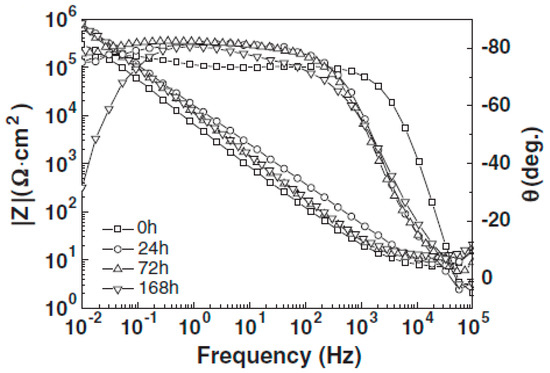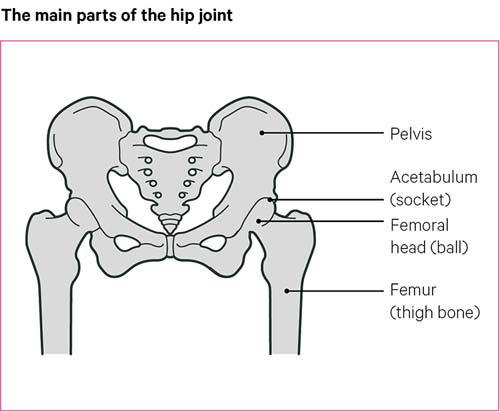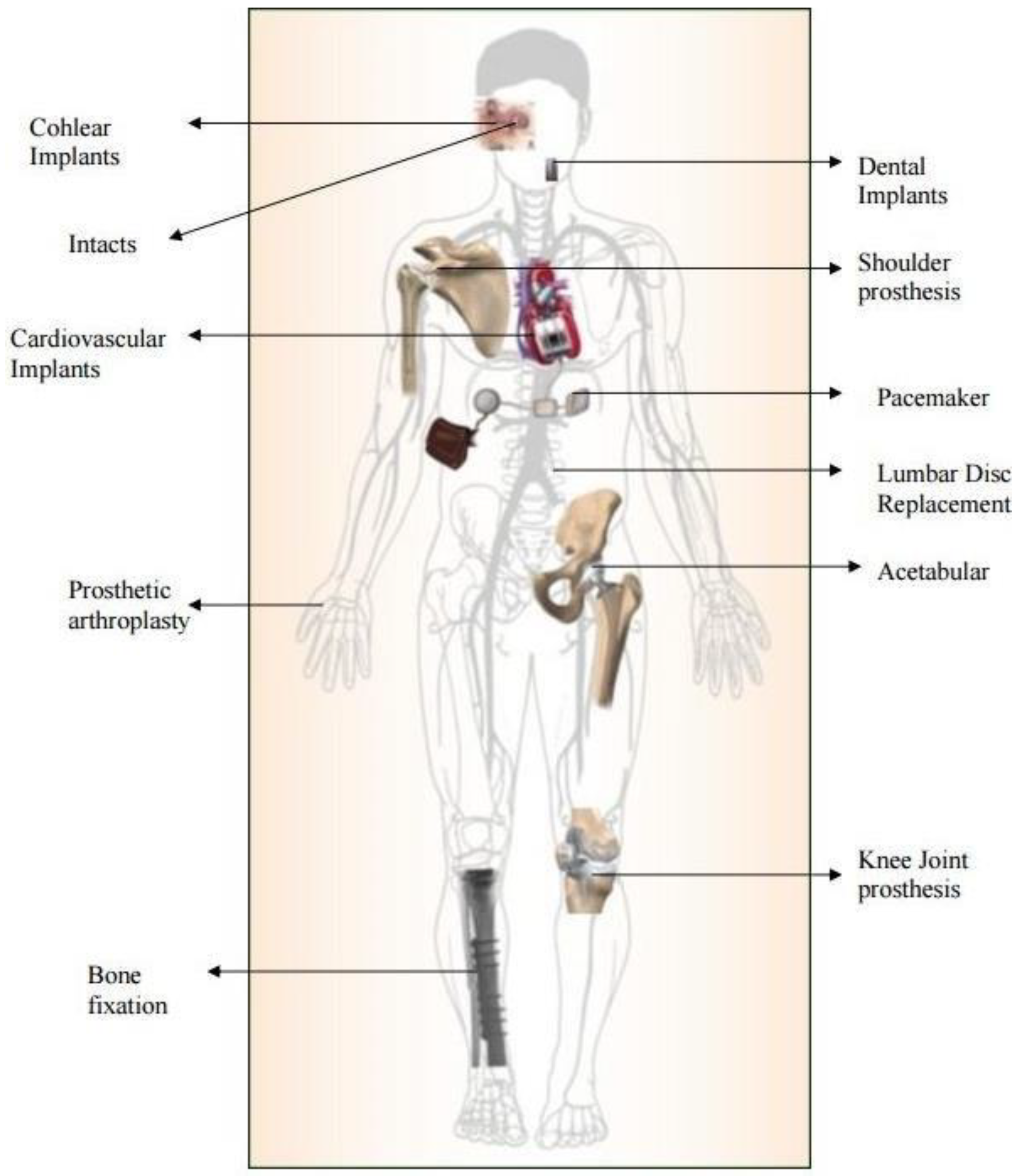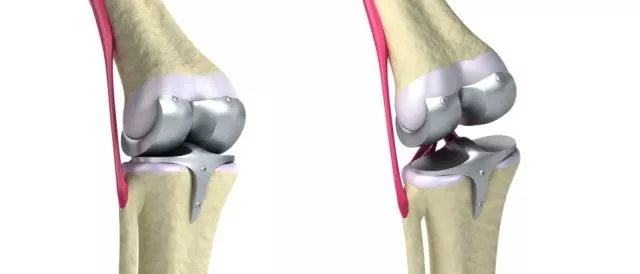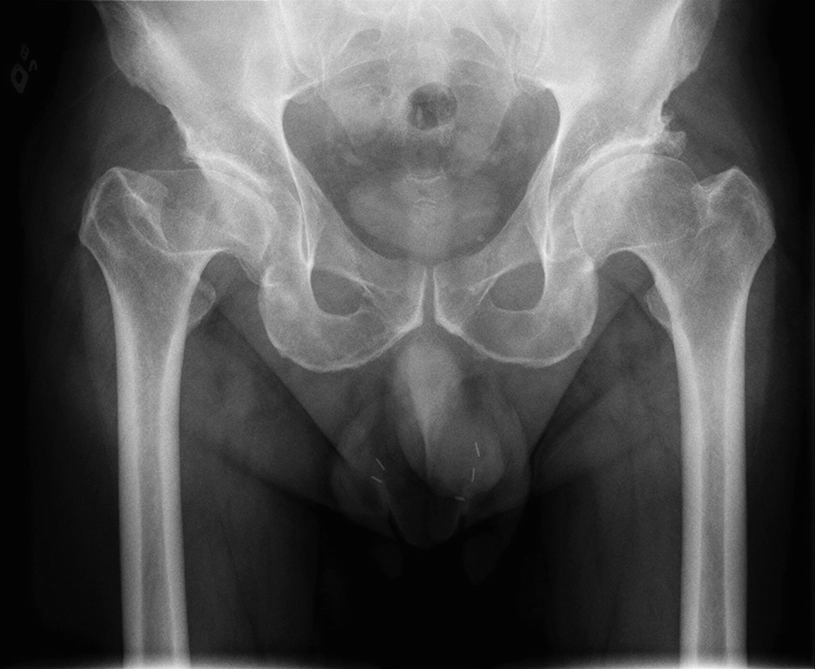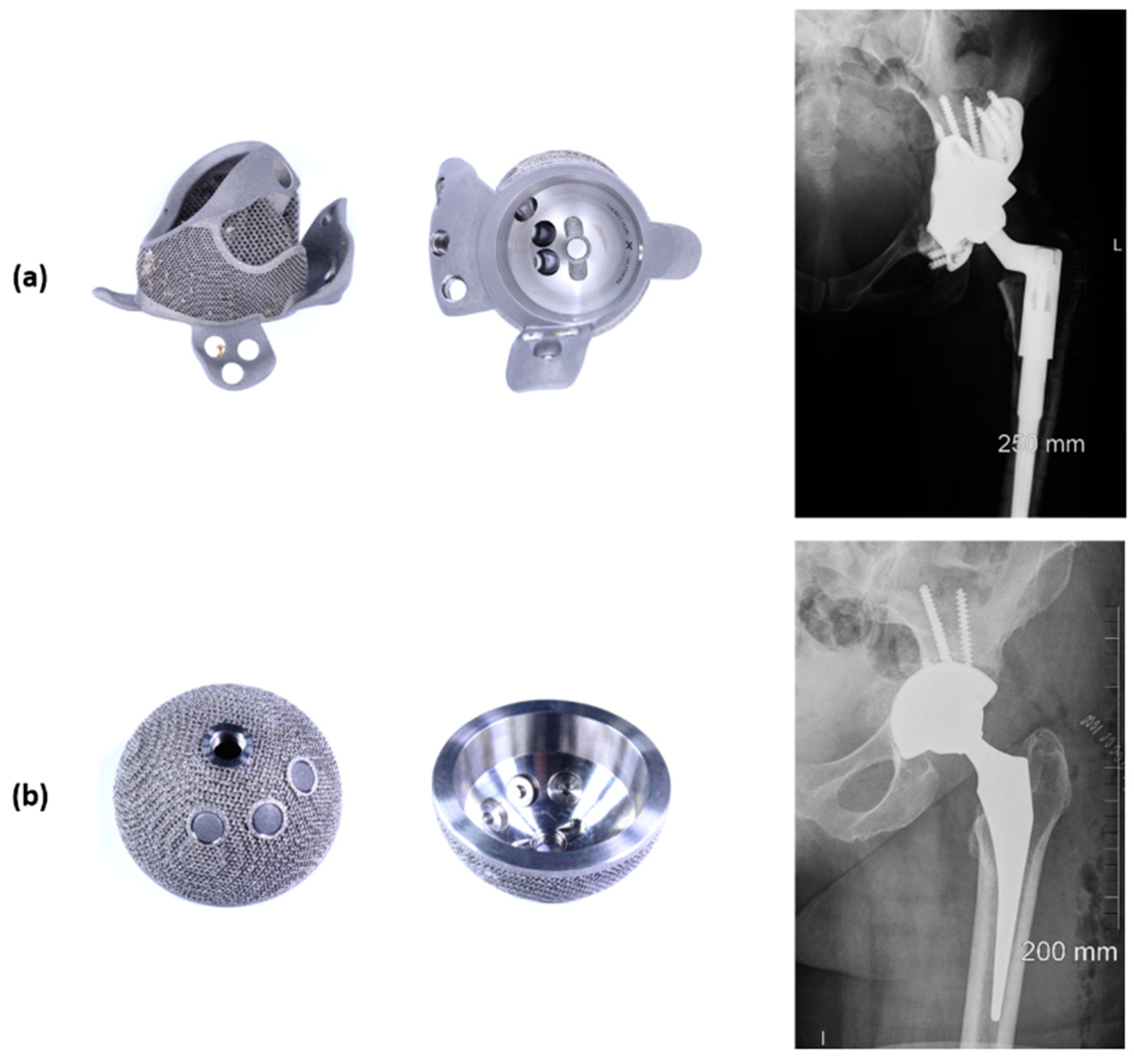Joint noises can serve as a diagnostic help since they are an indication that the tribological situation in the joint is not as desired.
Titanium ceramic hip replacement noise.
Ceramic hip implants are designed to be the most resistant to wear of all available hip replacement implants.
The ceramic on ceramic systems present the greatest risk for fracture.
Since ceramic does not wear easily the noise phenomenon is usually persistent.
Ceramic hip replacement implants also use metal parts that fit within the bone but the bearing surface the ball and the socket can be made of the ceramic material.
Many surgeons today consider them to be an improvement over traditional metal and plastic implants in which the deterioration of plastic can lead to the gradual buildup of debris.
They wear even less than the metal on metal implants.
Revision hip replacements may also be performed to manage complications such as infection of a hip replacement hip replacement dislocation or fractures of the bone around the hip replacement.
Ceramic hip implants are among the newer types of prostheses being used for hip replacement offering greater resistance to damage and smooth movement of the joint.
Boyer p huten d loriaut p lestrat v jeanrot c massin p.
Any hip replacement device with either a metal socket or ball will result in metal wear particles in your bloodstream.
90 percent of.
Ceramic is one of the best materials that can be used in a hip replacement but when paired with a metal socket it quickly falls to the back of the pack.
Orthop traumatol surg res.
Disadvantages of ceramic hip replacement systems include the potential for the material to fracture the expense and noise.
More and more now ceramic composites are used in hip replacement in favor of titanium.
5 the squeak from an artificial hip replacement may be an inconvenience or it may be a sign of problems with the artificial joint.
Although hip replacement is typically successful it is important to know that hip implants may need to be replaced eventually.
The number of hip revisions performed by orthopedic surgeons is growing quickly at an estimated rate of 8 to 10 each year.
Is alumina on alumina ceramic bearings total hip replacement the right choice in patients younger than 50 years of age a 7 to 15 year follow up study.
One specific concern especially with ceramic hip replacements is that the artificial joint is prone to make a squeaking noise.
The ball is made of ceramic and the socket.
